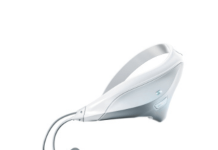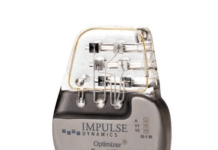Orthobiologics technology company Bone Solutions has received the US Food and Drug Administration (FDA) 510(k) clearance for an expanded indication of Mg OSTEOCRETE in intervertebral body fusion procedures.
Mg OSTEOCRETE is a quick-setting bone substitute that gradually transforms into bone through creeping substitution.
Related: Zynex Receives FDA Clearance for its Next Generation NMES Device
The US FDA has cleared the product for use in the intervertebral body disc space, including cervical, thoracic, and lumbar fusion procedures.
The clearance makes Mg OSTEOCRETE the first and only magnesium-based bone substitute to be authorised by the FDA for this application.
Bone Solutions said the expanded indication will enable surgeons and patients to further benefit from Bone Solutions’ proprietary magnesium-based technology.
The product’s remodelling profile converts the material into bone while healing, giving the defect or void the necessary support. The device is already approved for use in procedures involving the posterolateral spine.
Bone Solutions CEO Drew Diaz said: “We are enthusiastic for the opportunity to positively impact more spine procedures with this expanded indication.
“Bone Solutions remains dedicated to improving patient outcomes through our superior magnesium-based orthopaedic technologies.”
The magnesium component of Mg OSTEOCRETE sets the product apart from other bone replacements on the market.
The combination of phosphate-based materials and the crystallisation reaction from magnesium oxide enables optimal osteoconductivity in the final product.
Consequently, Mg OSTEOCRETE after placement heals and sets in place without migrating. The substance promotes bone growth by stimulating osteoblasts’ cell adhesion, proliferation, and production of the extracellular matrix (ECM) in bone.
According to Bone Solutions, the bone substitute’s handling qualities and formulation make it perfect for usage in clinical settings.
It is said to be cohesive and sticky to the region it is filling, and it may be moulded or injected in just 30 seconds of mixing.
The material is radiopaque, settles rapidly after implantation, and may be drilled in about two minutes, the company added.






